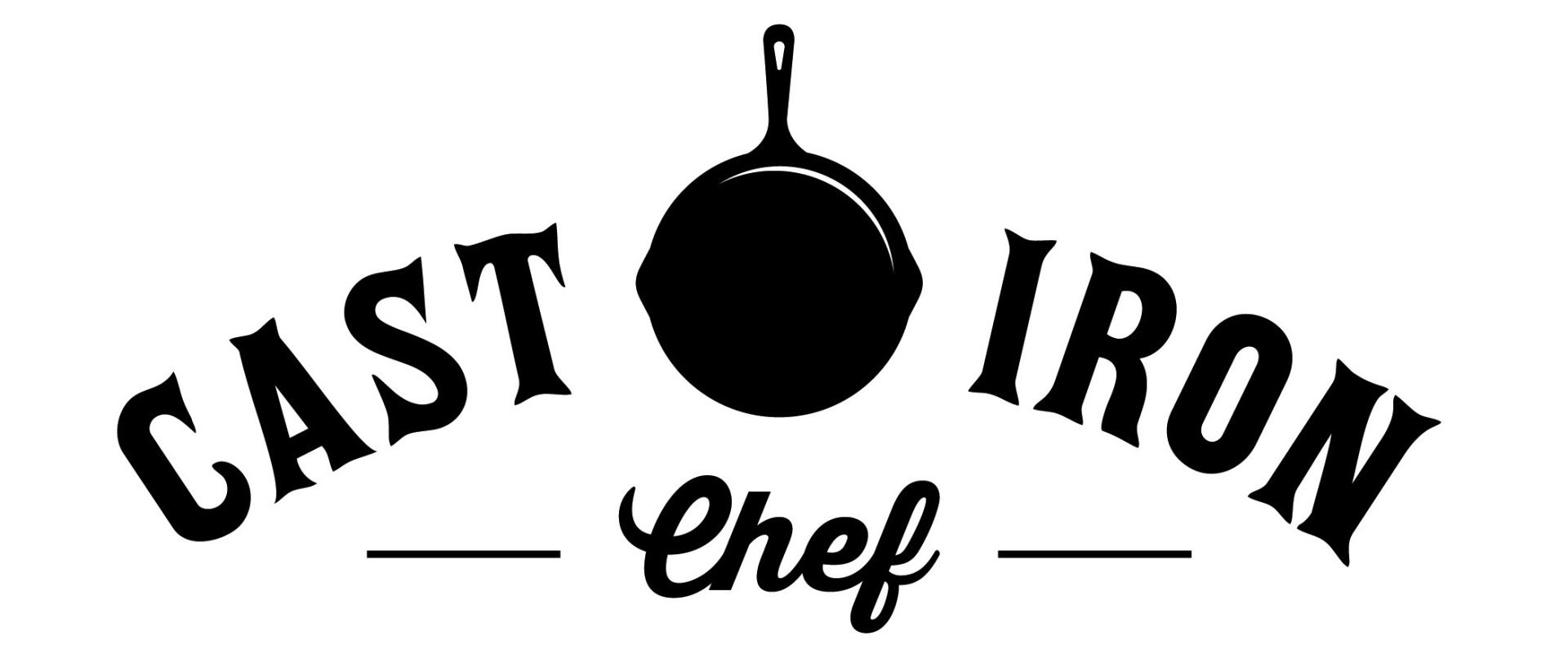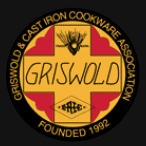Before you can begin restoring your cast iron back to its original beauty, you must first strip off all the old crud and remove the rust. Here is a list of supplies you should have on hand before you begin the restoration process.
3 Steps to Restoring Your Cast Iron
Knowing how to restore cast iron can save you a lot of money and be a lot of fun.
There are three basic steps you must take to restore your cast iron and get it ready for cooking:
- Stripping the old crud.
- Removing the rust.
- Seasoning your pan.
Since I have covered seasoning your pan
elsewhere, I am going to focus on the first two steps here.
I take a pretty basic approach to restoring cast iron, mainly because I already have most of the items required to do a good restoration job.
Step 1:
Stripping the Old Crud
The first stage of the restoration process is to strip your pan down to bare metal. One of the best methods for stripping your pan is to use lye. The chemical name for lye is sodium hydroxide. Easy Off Heavy Duty™ (yellow can) uses lye as its active ingredient and seems to work the best.
Note: the Easy Off Fume Free, in the blue can, won't work because it doesn't contain lye.
In a well-ventilated area, using gloves and eye protection, coat the front and back of the pan with a thick layer of Easy Off. Then place the pan in a black, plastic garbage bag and tie it closed. Leave it out in the sun for three days. To protect against leaking, I put a second plastic bag around the pan and store it in a plastic tub.
After three full days, using gloves and eye protection, remove the pan from the garbage bags and place in in your sink. Keeping your gloves on, rinse the pan with dishwashing liquid and warm water to remove the lye from the pan. Scrub the pan with 00 grade steel wool
as needed to remove any old seasoning. After a bit of scrubbing with the steel wool, your pan should be stripped down to bare metal. If a coat of old seasoning remains in the pan, repeat the process of spraying it with Easy Off and leaving it in the plastic garbage bags for another three days.
Step 2: Removing the Rust from Your Pan
Once all the seasoning and crud has been removed from your pan, there's a good chance there will be some surface rust on the pan (lye doesn't remove rust). In order to remove the surface rust, you need to soak the pan in a vinegar
bath. Find a plastic tub large enough to fit you pan, and fill it with 50% water and 50% cheap white vinegar. Completely submerge the pan in the vinegar bath for 30 minutes.
After 30 minutes, remove the pan from the vinegar bath and scrub it with steel wool. Rinse the pan well with soap and water. You made need to repeat this process 2-3 times for excessive surface rust.
Step 3: Seasoning Your Pan
Once you have stripped the pan down to bare metal and removed the rust, you are ready to begin seasoning your pan and get cooking!
I have covered seasoning your pan in another section of this website. Click here
for that information.
Alternative Cleaning Methods
Depending on your interest, time and budget, there are other approaches you can take to restoring cast iron, including lye baths
and electrolysis. The Cast Iron Collector goes into great detail on these and other cleaning methods. It's really an amazing resource.
Tip: Using a Potato to Remove Rust
You may have heard or read elsewhere of using the cut face of half a potato and salt or baking soda to remove rust from cast iron. Some sources even go so far as to "science it up" by claiming the oxalic acid found in potatoes has some magical rust removing properties. Oxalic acid is found mainly in leafy green vegetables, parsley and spinach being among the highest, with potatoes containing roughly 20-35 times less of it by equivalent weight. Do yourself a favor and don't waste a perfectly good potato. - The Cast Iron Collector
Cast Iron Supplies
For more information on restoring your cast iron, go to the TheCastIronCollector.com.


